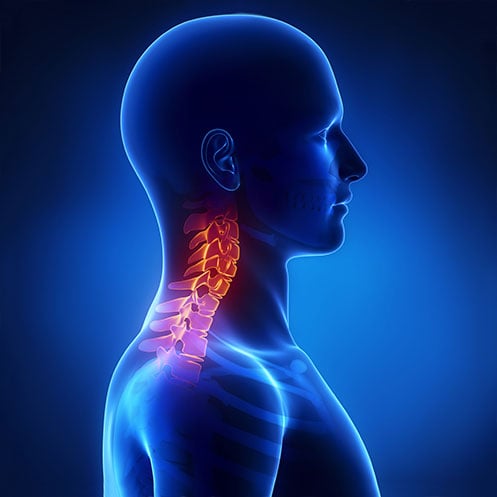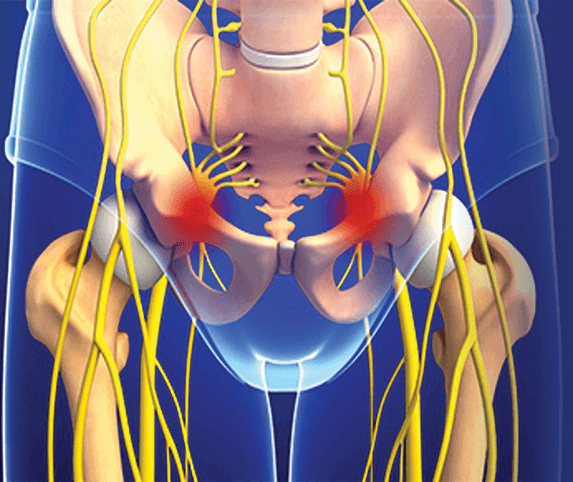When is Pelvic Pain a Sign of Pudendal Neuralgia?
Are you living with persistent pelvic pain that just won't go away? Do you find yourself avoiding sitting for long periods or dreading certain daily activities because of discomfort in your pelvic region? If so, you're not alone. Chronic pelvic pain is a common problem, affecting as many as one in seven women in the U.S. When traditional treatments fail to provide relief, patients are often left feeling frustrated and even hopeless.
While pelvic pain can have many causes, one potential culprit is a condition called pudendal neuralgia. Understanding this condition is the first step toward finding relief and reclaiming your comfort and quality of life.
What is Pudendal Neuralgia?
Pudendal neuralgia is a condition characterized by pain, discomfort, or numbness in the pelvic region caused by damage or irritation to the pudendal nerve, which runs through the pelvis. The condition results in intense pain caused by the entrapment, compression, or dysfunction of the pudendal nerve. It is characterized by pain that lasts for longer than three months and is often aggravated by sitting down.
How is Pudendal Neuralgia Different from Pelvic Pain?
While pelvic pain is a broad term that can describe discomfort stemming from a variety of causes, pudendal neuralgia stands apart because it is directly related to irritation or damage of the pudendal nerve—a major nerve in the pelvic region. This distinction is important because the pudendal nerve’s role in sensation and function means that the pain often feels different from other types of pelvic pain. You might notice symptoms such as burning, stabbing, or a pins-and-needles sensation in specific areas like the perineum, genitals, or rectum.
Dr. Tzvi Small, a plastic and reconstructive surgeon at The Institute for Advanced Reconstruction, emphasizes the importance of understanding this unique condition, which is crucial for accurate diagnosis and effective treatment. He explains, “By identifying the nerve as the source of pain, patients can finally move toward targeted treatment options that offer meaningful relief.”
Following a diagnosis, Dr. Small says, “Our approach involves carefully analyzing each patient's unique presentation, educating them about potential causes, and collaboratively determining the best diagnostic and treatment path.”
Common Causes of Pelvic Nerve Pain
Pelvic nerve pain, including pudendal neuralgia, can be caused by:- Trauma or injury to the pelvic area
- Compression of the pudendal nerve
- Pelvic surgery complications
- Prolonged sitting or cycling
Signs of Pelvic Nerve Pain
Be aware of these potential indicators of pudendal neuralgia:- Burning or stabbing pain in the pelvic region
- Pain that worsens when sitting
- Increased pain during bowel movements or urination
- Numbness or tingling in the genital area
Could Pudendal Neuralgia be Causing Your Pelvic Pain?
If you're experiencing persistent pelvic pain, you may be wondering if pudendal neuralgia could be the underlying cause. Consider the following questions:- Do you experience a burning or stabbing sensation in your pelvic area?
- Does sitting for extended periods exacerbate your discomfort?
- Have you noticed increased pain during certain activities or movements?
- Have you consulted multiple healthcare providers without finding a clear diagnosis?
If you answer 'yes' to several of these questions, pudendal neuralgia might indeed be a potential explanation for your symptoms.
However, Dr. Small points out why it’s important for anyone with pelvic nerve pain symptoms to get a comprehensive evaluation by experienced professionals: “Pudendal neuralgia is a complex condition, and its symptoms can mimic other disorders, making an accurate diagnosis challenging without specialized expertise,” he says.
How is Pudendal Neuralgia Diagnosed and Treated?
Our expert team uses state-of-the-art techniques to accurately diagnose and treat complex conditions like pudendal neuralgia.Diagnosing pudendal neuralgia often involves a comprehensive approach, including:
- Detailed medical history
- Physical examination
- Imaging studies (MRI, CT scan)
- Nerve conduction studies
- Diagnostic nerve blocks
Once we identify the pudendal nerve as the source of your pain, we can discuss whether surgery is the right choice for you. We offer a specialized, minimally invasive procedure called pudendal nerve decompression surgery. By relieving pressure on the pudendal nerve, the surgery can alleviate pain and help restore normal function, providing potentially life-changing results.
Living with chronic pelvic pain can be physically and emotionally challenging. Call 732-401-8404 to make an appointment with Dr. Tvzi Small.



